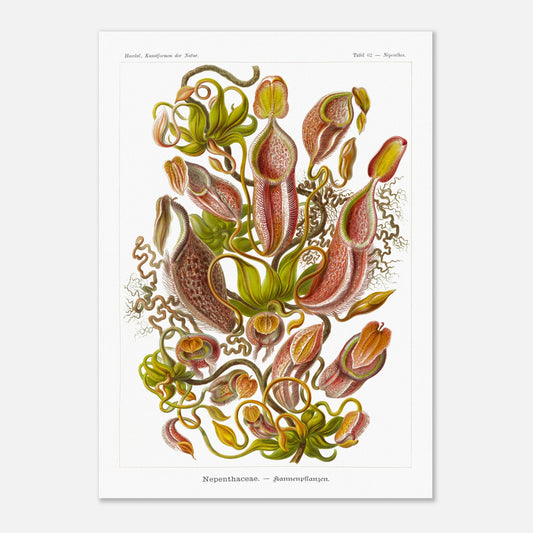Carnivorous plants - Zoological and botanical plate - Ernst Haeckel, Kunstformen der Natur
Carnivorous plants - Zoological and botanical plate - Ernst Haeckel, Kunstformen der Natur
Couldn't load pickup availability
Engraving reproduction of: Carnivorous plants
Original title Nepenthaceae - Kannenpflanzen
Nepenthes Poster - Flowering plants of the main class Angiosperms (Class Dicotyledons, Dicotyledoneae)
Illustration from the book Kunstformen der Natur, which is a collection of artistic lithographs of natural sciences published by the German biologist Ernst Haeckel between 1899 and 1904.
This naturalistic illustration is part of an overall style inspired by Ernst Haeckel, which greatly influenced the emerging Art Nouveau movement at the beginning of the 20th century. This work, illustrating the impressive beauty and great diversity of the biological world, was complemented by a certain amount of scientific information, some excerpts of which are reproduced below.
This information is over 120 years old and some of it may be outdated!
Scientific classification:
Phylum of flowering plants (Phanerogamae or Anthophyta) Main class Angiosperms (Angiospermae) Class Dicotyledons (Dicotyleae) Legion of Saracens (Sarracenieae) Nepenthes family (Nepenthaceae)
Scientific notice (extract) accompanying the poster print of Nepenthaceae - Carnivorous plants :
Nepenthes melamphora (Reinward). The purple-brown cane plant of Insulinde. The genus of "cane plants" (Nepenthes) is one of those extremely fascinating carnivorous plants, whose diverse importance was discovered at the end of the 19th century. Nearly fifty different species of this marvelous genus are currently known, living mainly in the tropical zone of the eastern hemisphere, on the marshy soils of the islands of the Malay archipelago. The magnificent species represented here was discovered on January 4, 1901, at the waterfalls of Tjiburrum (Notenbah), in one of the great virgin forests of the island of Java, and was drawn alive in the nearby laboratory of Tjibodas (Weidenbah); it is reduced by one-third in the illustration. This strange plant grows abundantly along the wild banks of the Notenbah stream and rises as a much-branched vine on the trees. The beautifully colored and ornate jar-like appendages of the branches hang from the wrapped branches of the trees and stand out between the green leaves; these are not the flowers of Nepenthes, but the upper parts of the leaf petioles, adapted to capture insects, spiders, and other small animals. The trap leaf of this creeping cane plant consists of four parts, three of which actually belong to the leaf petiole. The lower segment, attached to the stem with an enveloping base, has the shape of a simple oval or lanceolate green leaf. The second segment has the usual shape of a slender, cylindrical leaf stalk. The third segment is the most striking, resembling an oval jug or a thin, inverted carafe. This opening is closed by the fourth segment, which corresponds to the top of the leaf, a flat, heart-shaped operculum attached to the edge of the opening like the lid of a beer jug. On younger leaves (bottom in the figure), the operculum remains firmly closed over the opening; once opened later, it does not close but tilts over the opening like a canopy, preventing rain from entering the pitcher. The pitcher itself, whose wall is thin and elastic, is ingeniously designed as a trap for insects and other small animals, which it catches, digests, and consumes. Prey are attracted by the attractive color of the outer surface of the pitcher, yellowish-white, painted with dark purple bands. The rim of the margin of the pitcher opening, cartilaginous in texture, is delicately ribbed and covered with soft hairs; it secretes a sweet nectar. This nectar is also present on the underside of the rim of the pitcher, between two rows of hairs located on two projecting parallel ridges. Attracted by the soft lips of nectar, prey seek to enter deeper into the alluring pitcher. But here they meet their fate. The inner surface of the jug, located in the upper third below the prominent rim, is perfectly smooth, as if waxed. Without a grip, the small captured animals slide without resistance across this smooth surface and fall into the digestive fluid secreted in the lower part of the jug by glands in its wall. This fluid is a powerful digestive juice composed of pepsin-like acids and enzymes, similar to the gastric juices of animals. The more captured animals fall into this trap and agitate the sensitive inner surface of the jug's base, the more digestive fluid is secreted. This fluid quickly dissolves the digestible substances of the captured animals, thus nourishing the carnivorous plant through absorption. The small flowers of the Nepenthaceae, close relatives of our native carnivorous plants such as the small Droseraceae and Aristolochia, are modest and resemble the flower clusters of our elderberry (Syringa); they are not shown here. The creeping woody stem of the species represented here is covered with numerous fine brown roots and bears the pitcher-like leaves arranged in clusters or tufts at regular intervals. The digestive fluid in the pitchers of this specimen included various small insects (flies, beetles, hymenoptera) as well as spiders; some were already dead, partially or completely digested, while others were trying in vain to escape from the prison.
Species present on the naturalist board of Carnivorous Plants - Nepenthes :
- Nepenthes melamphora
About this print
About this print
The layout and composition of this reproduction have been the subject of our greatest attention.
- Respect for the format of the original work: in order to faithfully transcribe the artist's intention, the work is not cropped/re-cut except in extreme cases (obvious imperfection, geometry problem, etc.) in which case the cropping will be as light as possible.
- The presence of white margins is sometimes necessary in order to present the work in a balanced manner.
- Each size offered has been specifically composed, therefore, the size of the white margins may vary from one print size to another. Remember to check this detail carefully!
- Print only, frame not included!
Features
Features
- Premium 200gsm matte white paper, durable and strong.
- Natural, smooth uncoated finish, silky to the touch
- FSC certified paper or equivalent certifications depending on regional availability.
- Each print is shipped in sturdy packaging, ensuring safe transport.
- Each print is printed and shipped on demand. No minimum order quantity is required.
Share !
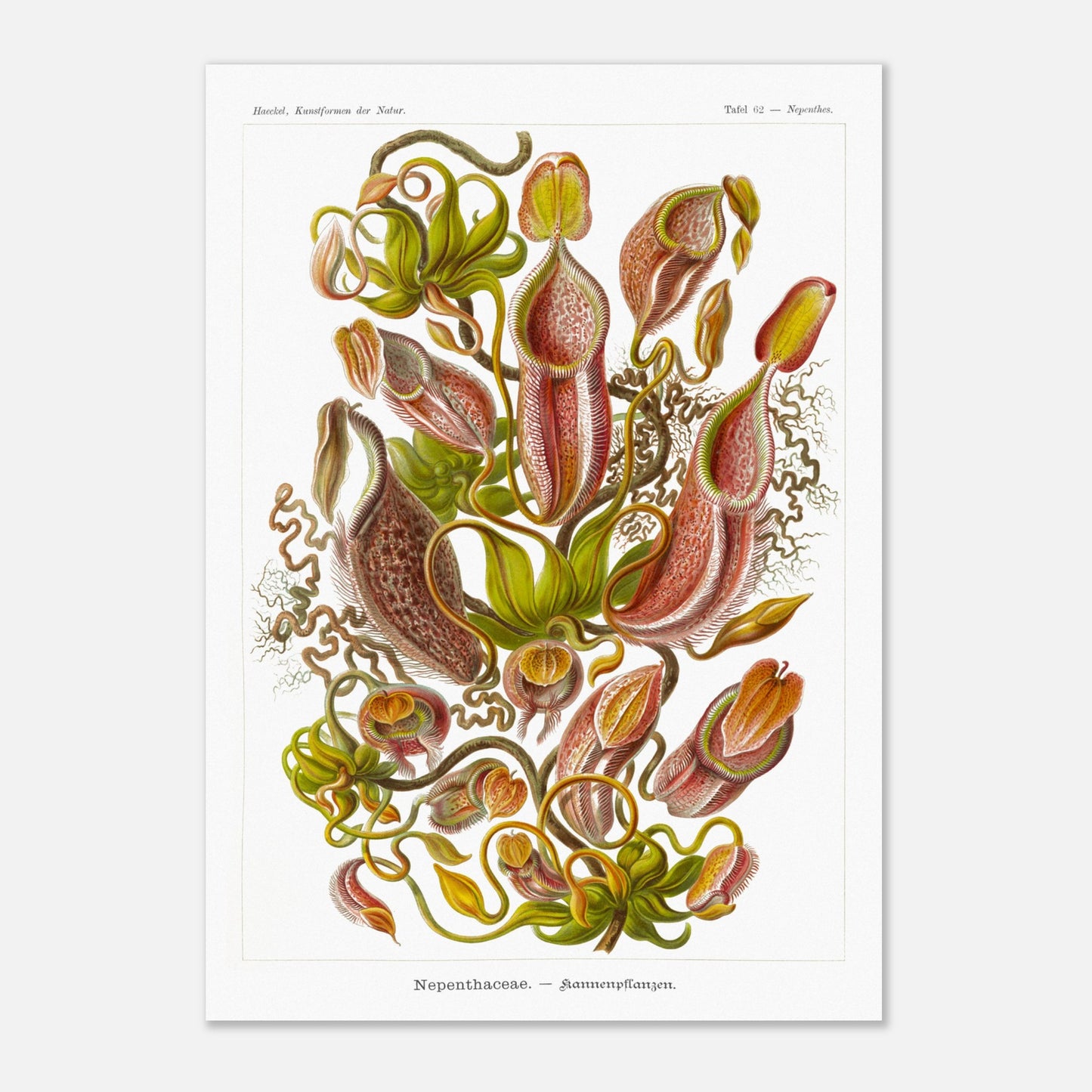
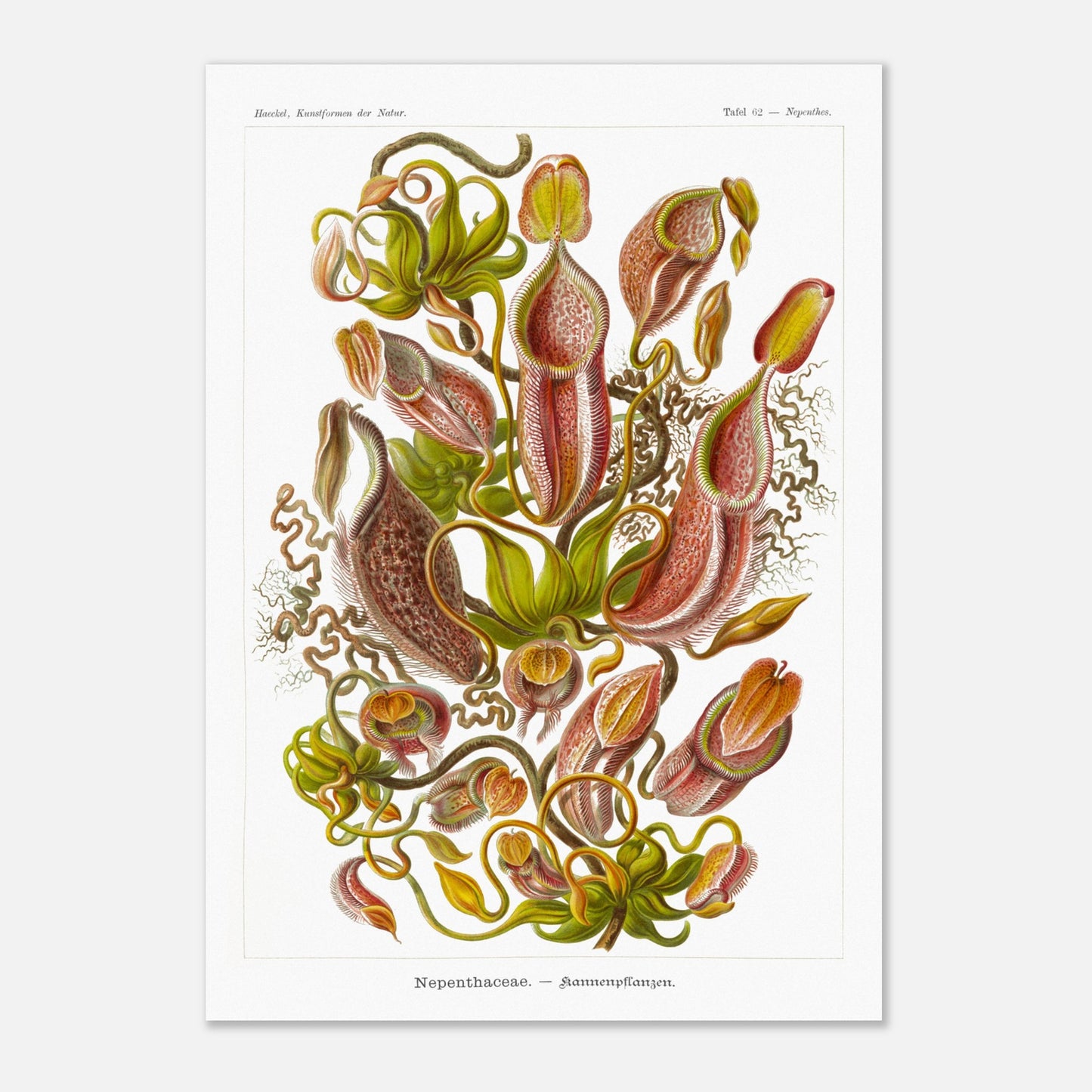
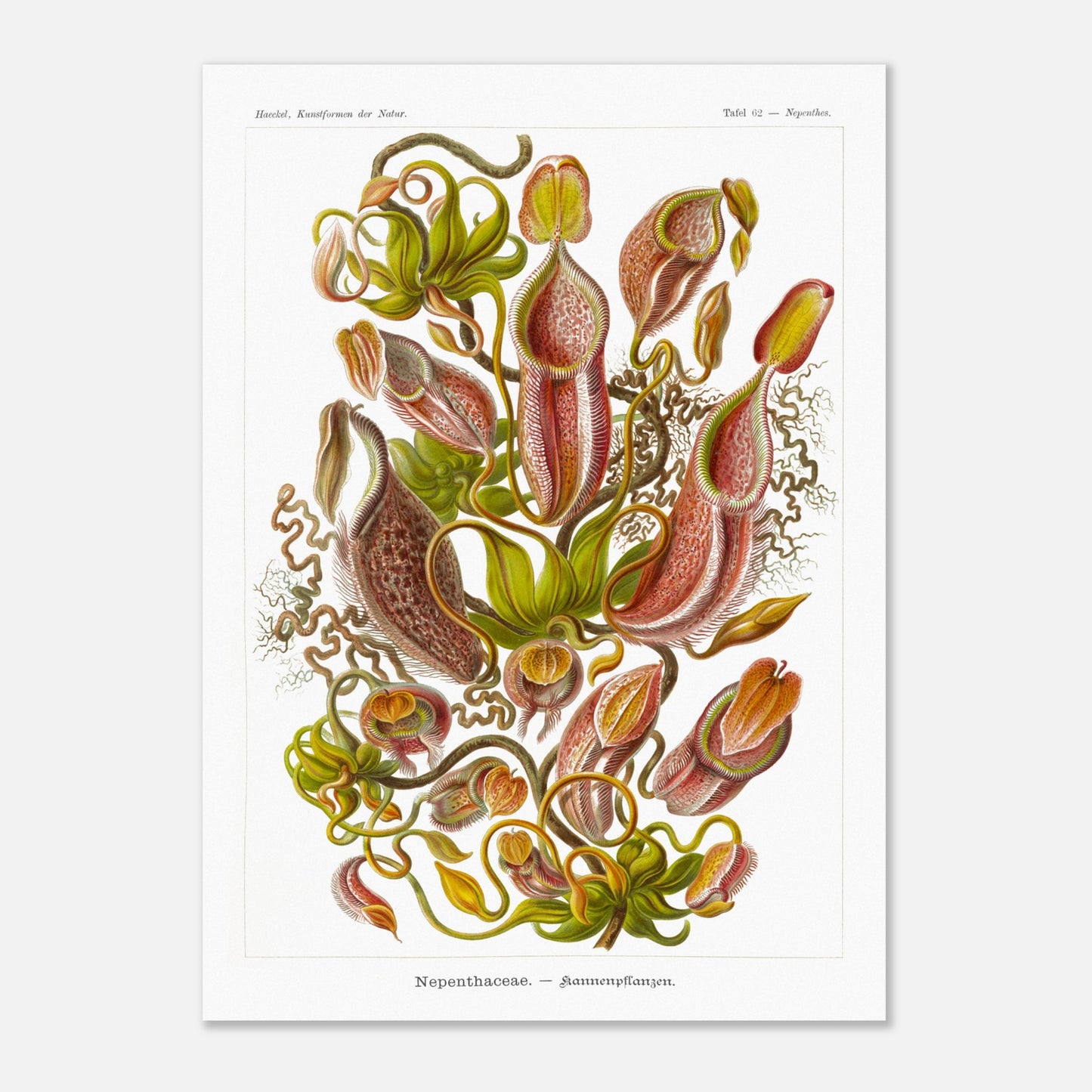
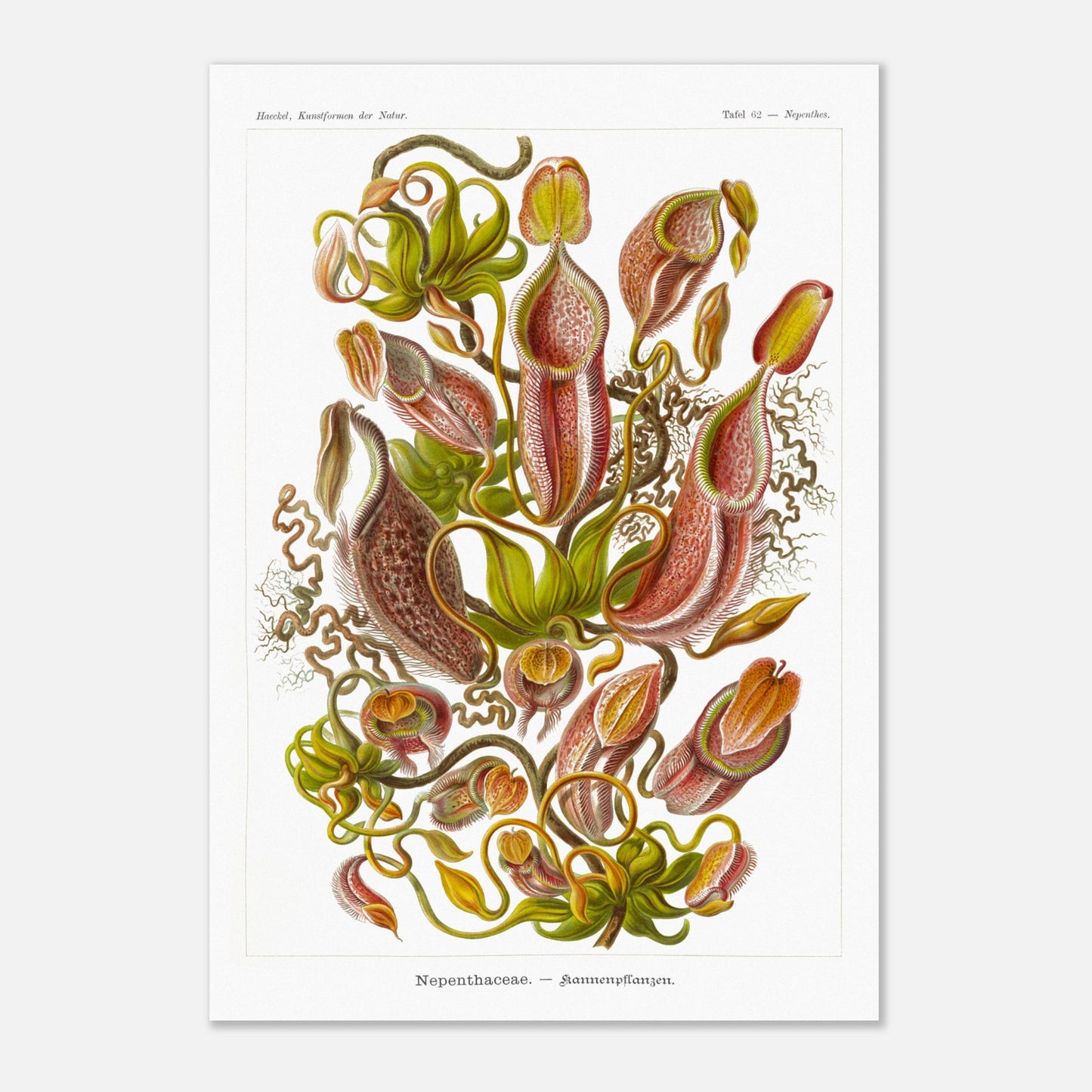
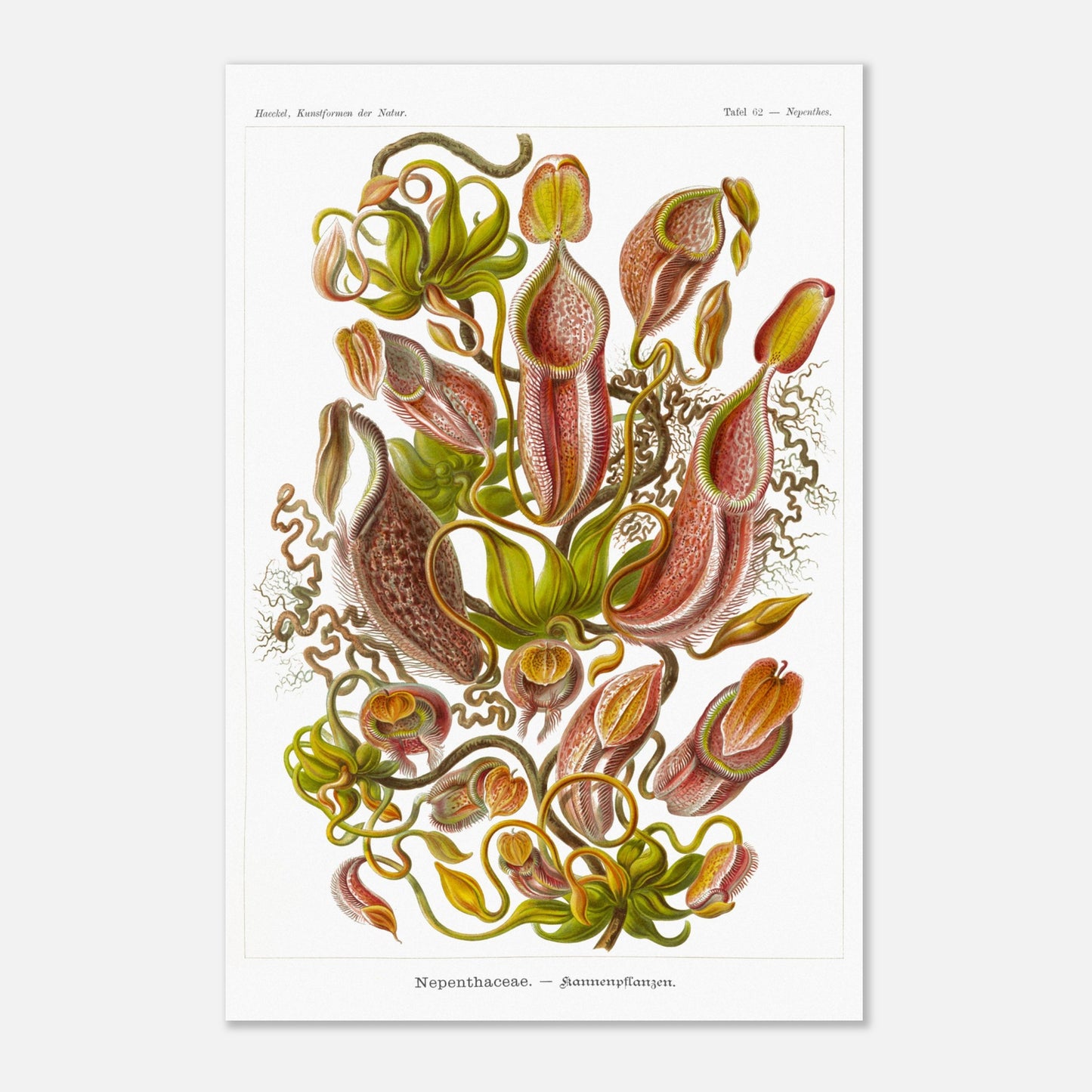
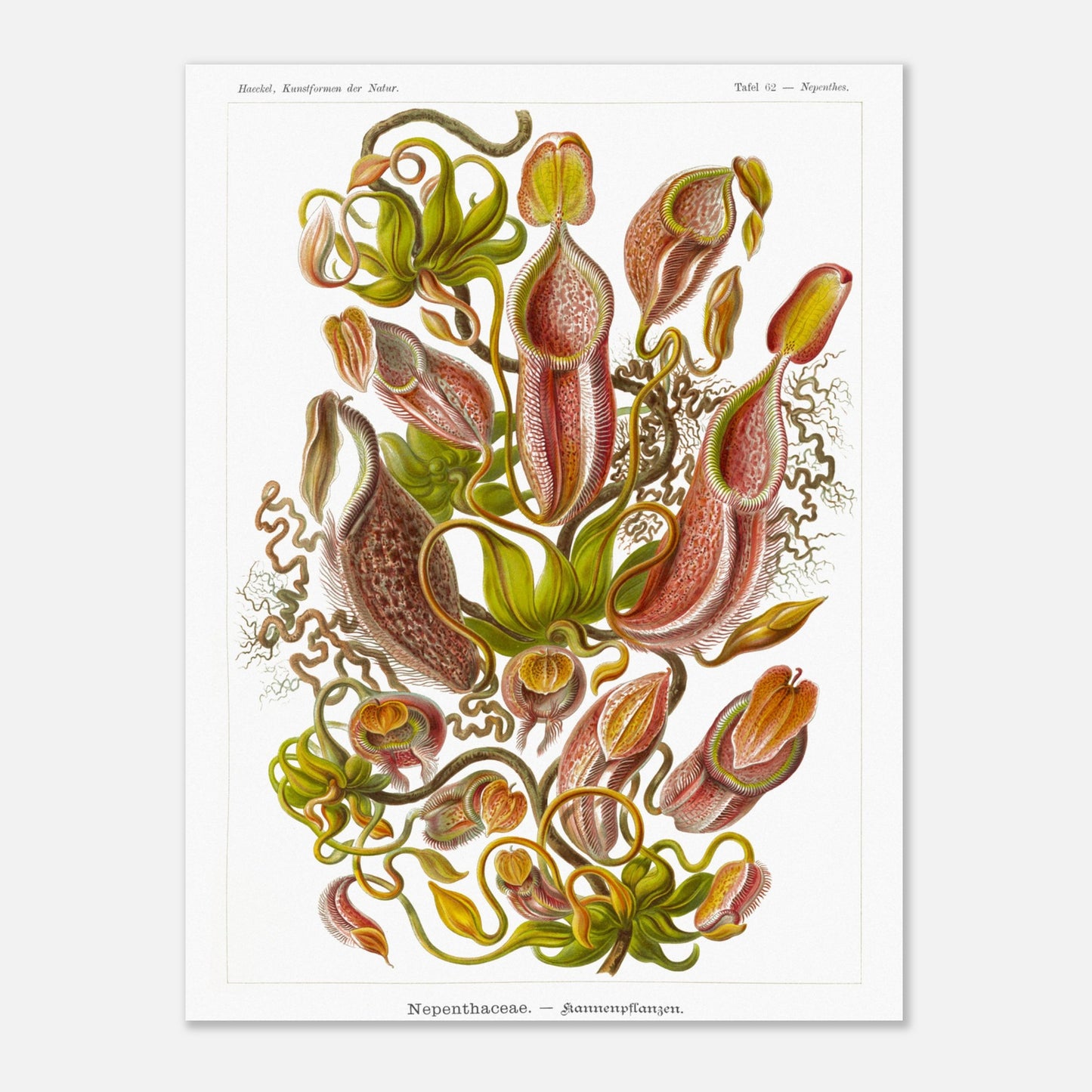
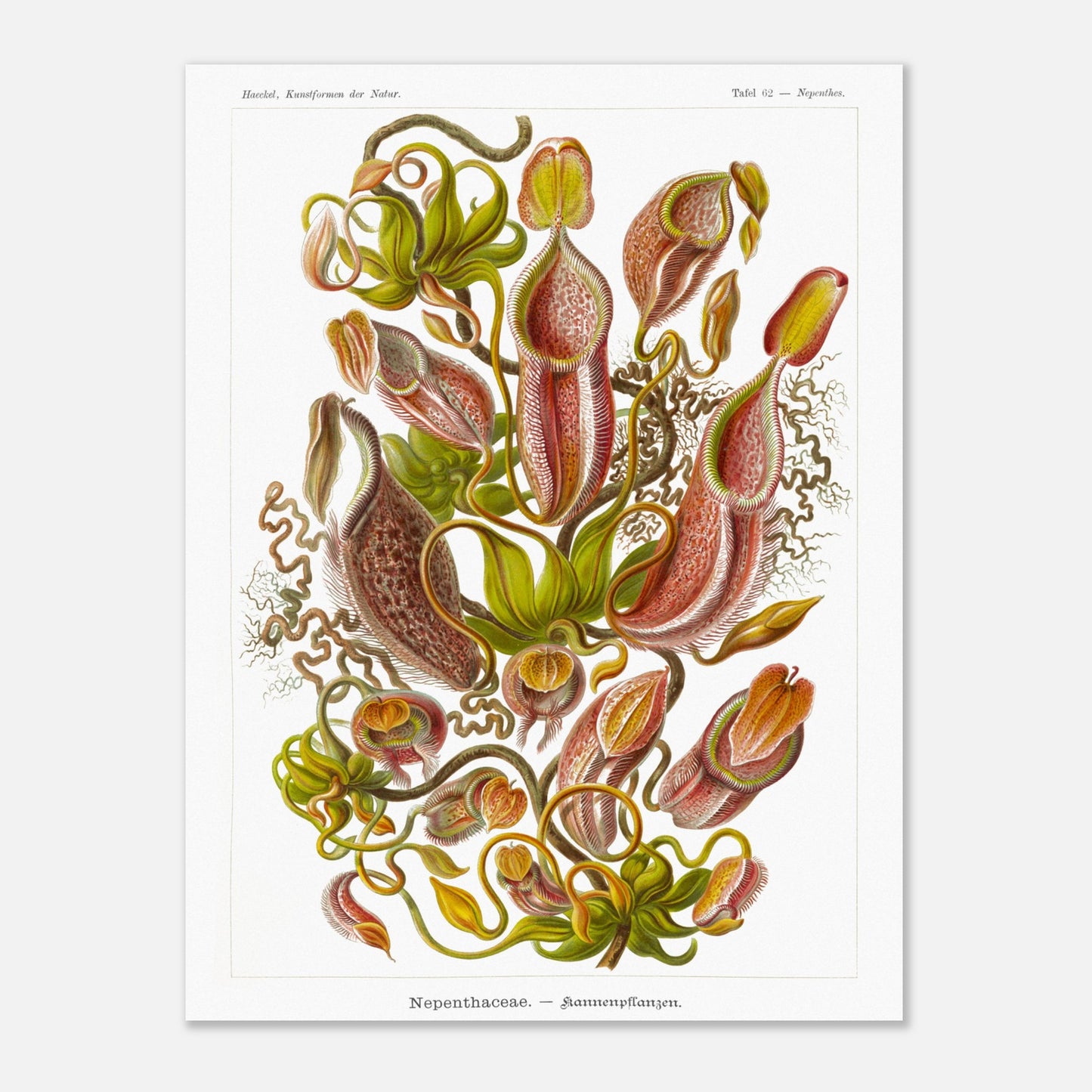
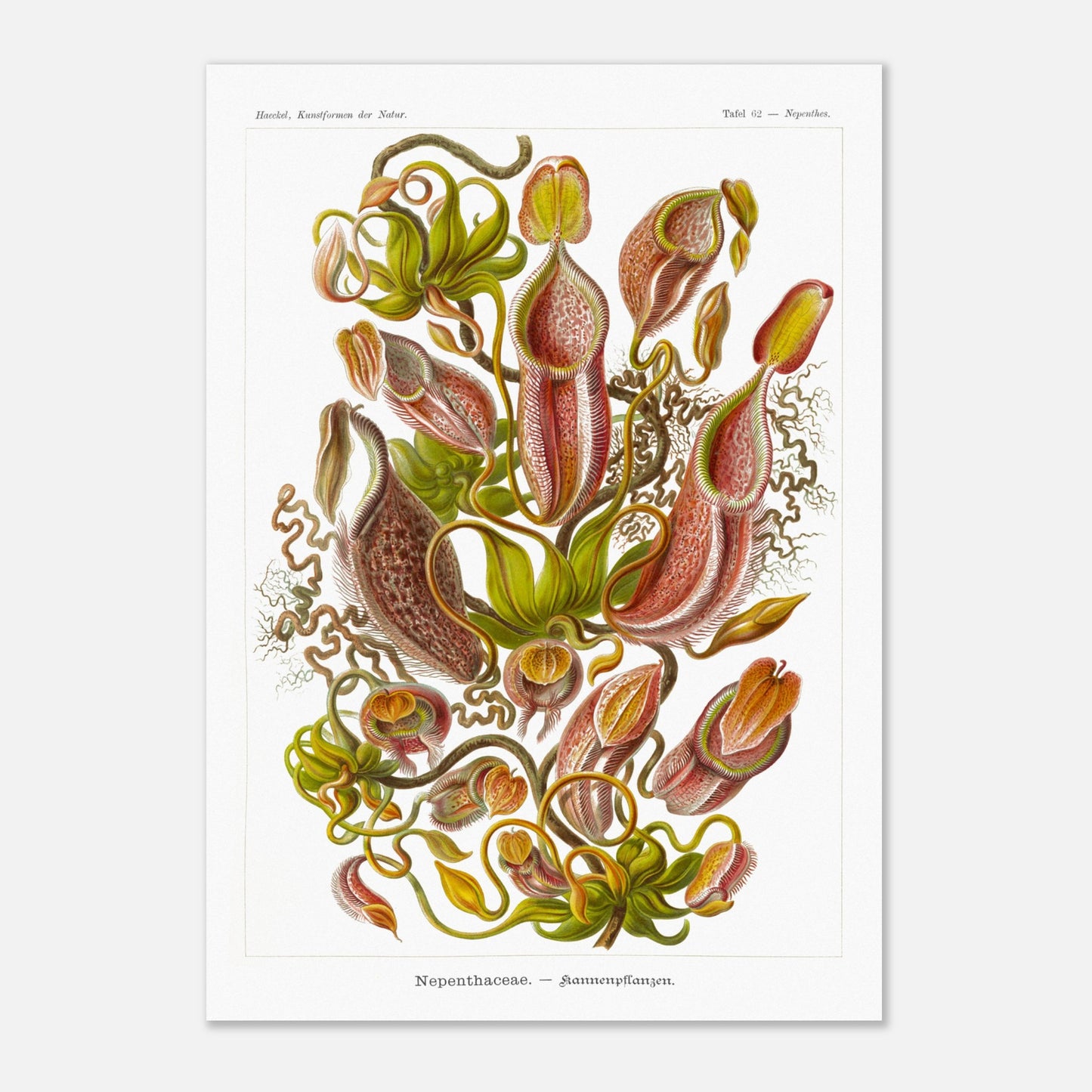
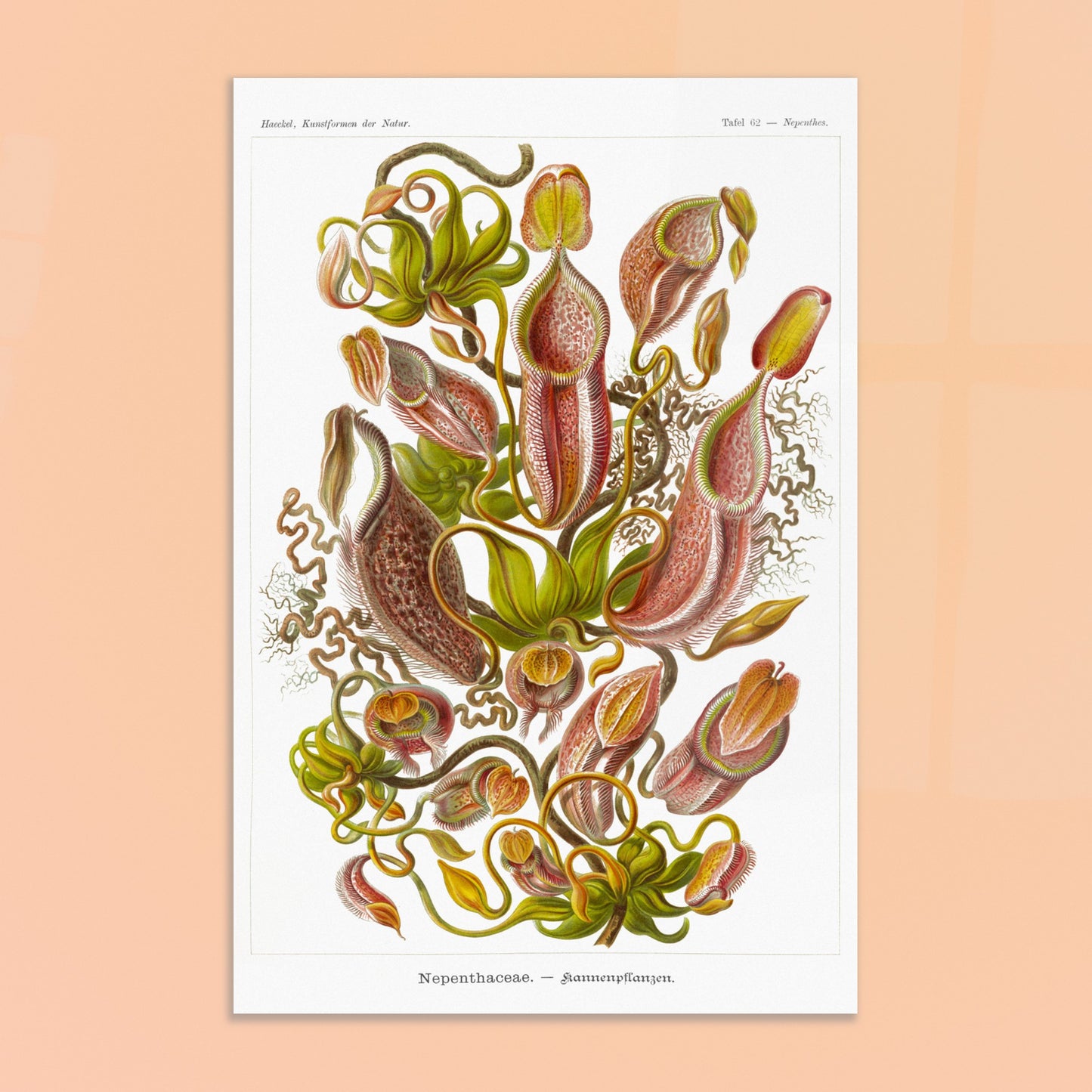
We are listening to you
If you are looking for a specific composition, a particular layout, or any other customization need, our team is at your disposal and will do everything possible to meet your requests.
So don't hesitate to...




